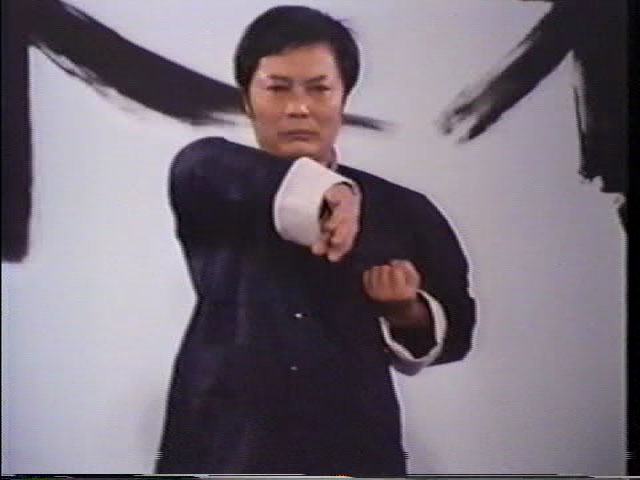
The Best Hand You Never Want to Use
May 18, 2014
“The Bong Sau is the best hand you never want to use.”
Ip Man
Doing Bong Sao too much and in the wrong places will get you hit.
I’ve written before about how I think the Bong Sao is the most misunderstood and poorly used hand in our system (Bong Sau Addiction).
The Wing Chun sayings (songs) support this opinion. “The Bong Sao never stays.”
Why don’t we want to use it? Becuase the Bong Sao by definition is underneath the opponents arm, which violates one of Wing Chun’s prime directives, always keep your hands on top .
But, accidents happen. I sometimes call Bong Sau the “Oh, Shit!” hand.
Your timing is late or the attack is a surprise and you find arm in the bottom position (and you have probably already been hit).
The Bong Sau, like most Wing Chun hands, is a violent recapturing of position, in this case, a transition from the bottom position to the top (and/or the outside).
There are two Bongs (both recorded in Chum Kiu): in contact and out of contact (or thrown).
The thrown, or “out of contact,” Bong Sau is used as a deflection, like a Pak Sau, to smack the incoming striking arm off the line, then it is immediately replaced by an attack. I sometimes think this is one of the purposes of the Lap Sau drill, which is composed of alternating strikes and Bong Saus.
You Bong and Hit, bong and hit. Bongandhit! As close to a single movement as possible.
Your Bong Sau should be invisible to your opponent or to onlookers. They just see a blur and the hit landing.
The in-contact bong is used to change, usually from the inside to the outside. This is usually accomplished by rolling from a tan position to the Bong and into a Fook or Tan position (for striking the head from the outside).
This movement is usually following the opponent’s energy which is allowed to pass over or cross your centerline. Again, its quick, and barely perceptible.
Bong Sau is NEVER performed as the first action (unless its an emergency hand which is used to get the bridge and because of its short distance capacity).
But the key to using this hand successfully is to always remember that your number one goal is to be hitting the opponent in the head; everything else is secondary.
